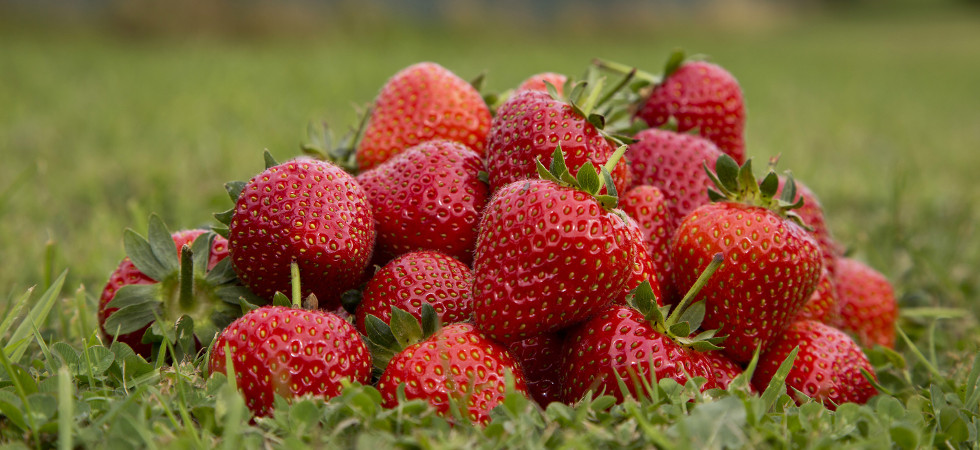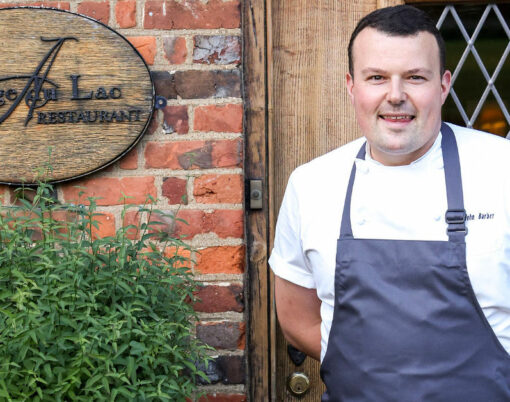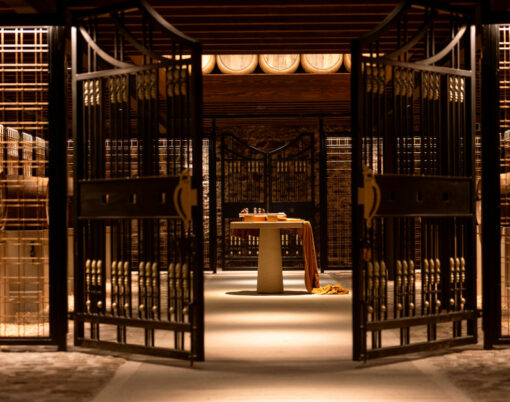Strawberries are the epitome of a traditional British summer. The satisfaction of diving into their succulent rich flesh, their mouth-watering taste and distinctive fresh aroma perfectly complements a warm summers day. But have you ever thought about how your favourite berry goes from farm to fork?
We Brits pride ourselves on having an abundance of quintessential British taste, but with over 30 home-grown varieties of strawberries to choose from, how can shoppers be sure that they have their hands on the queen of the crop when it comes to taste? Jubilee by Driscoll’s are grown on British soil, this perfect ruby coloured, heart shaped strawberry is what sets the variety apart, differing significantly in both quality and taste. So what exactly is involved in the growing process to ensure that a quality crop is produced?
In 1997, 13,000 seedlings from the Driscoll’s breeding programme were planted out in a test plot in West Kent. After a three year selection process, a seedling was selected to become the Driscoll Jubilee strawberry. Selected because of its significant levels of sweetness and classic strawberry flavour, the berry was named Driscoll Jubilee in honour of the Queen’s Silver Jubilee.
Driscoll Jubilee strawberries are grown by a handful of select growers throughout the UK – ensuring the best flavour in every bite. Marion Regan owns Hugh Lowe Farms in Kent, a well-established family run business which specialises in the growing and packaging of Driscoll Jubilee. Marion’s great-grandfather, Bernard Champion, planted his first crop of strawberries on the land in 1893, in order to supply the family’s stand in the old Covent Garden market. One hundred and twenty two years later, the farm now supplies Driscoll Jubilee strawberries to all of the UK’s best known supermarkets.
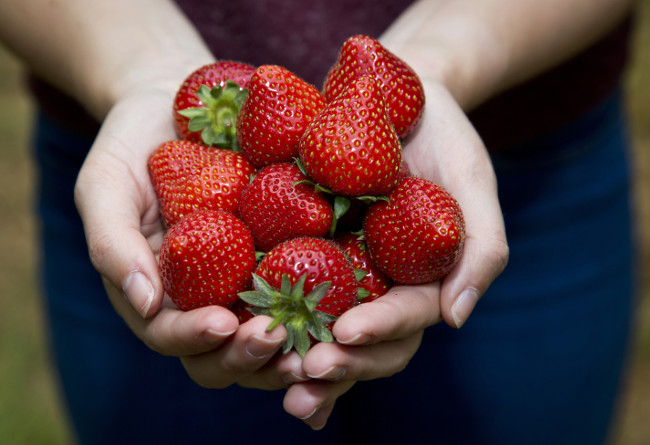
Marion talked to Luxury Lifestyle Magazine about the growing process and the great lengths the team on the farm go to, to deliver the finest tasting British strawberries available.
So, when exactly are the seeds planted and how long is the growth period?
Planting starts in March in trays, as tray grown plants produce larger and more flavoursome strawberries. Then at start of the season in May, the picking begins, all the way through to the end of the season in September.
What are the best growing conditions for strawberries?
Driscoll’s Jubilee strawberries are grown on a table top structure, which are raised off the ground to help protect from pests and any damage wet weather may cause to the ground. The structures increase productivity as the fruit is easier to pick when it is raised off the ground. Hugh Lowe Farms produce approximately 500 tons of Driscoll Jubilee strawberries per year, which equates to around 40 million strawberries, all of which are handpicked.
Strawberries are quite fragile – how are they harvested to ensure they’re not bruised or damaged?
At the start of the season in late May, the pickers begin their working day very early in the morning when the temperature is cool, selecting Jubilee strawberries which are at the peak of ripeness and adhere to specific size requirements. Only the very best qualify as a Driscoll Jubilee; combining a perfectly sized and shaped strawberry, ruby red colour, flawless texture, and distinguishable strawberry scent. This means that every time you select a Jubilee punnet, you’ll always be getting the very best quality British strawberry. A great deal of love and care goes into selecting each and every berry, by pinching the stem with the thumb nail against the forefinger, and ensuring that the stalk is approximately 1cm long. They are then placed very gently into the punnets to prevent any bruising.
How do you ensure only the best strawberries make it to supermarket shelves?
Once the berries have then made their way through the quality assurance procedure, where they undergo a series of checks based on flavour, sweetness, texture, appearance, size and consistency, they are placed in a cooler for a minimum of two hours at a temperature of 5oC or less to ensure freshness and a good shelf life. They then make their way into the pack house where they are packed quickly to ensure that the berry temperature remains constant, before being loaded onto chilled lorries which transport the berries to supermarkets.
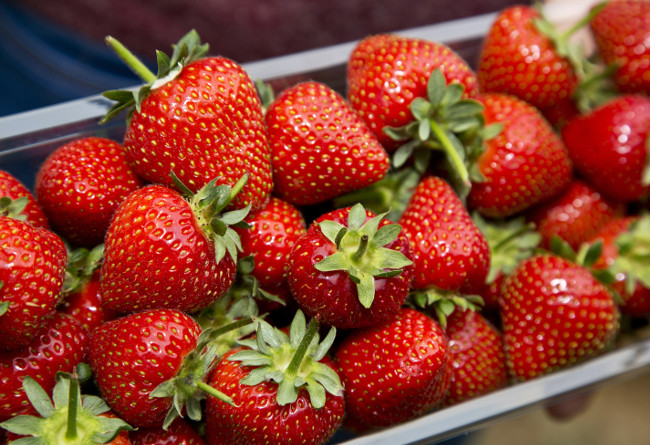
How would you suggest that shoppers select the best strawberries in the supermarket?
When shopping for that perfect punnet of strawberries, simply look for the variety on the label and check for Driscoll Jubilee. Driscoll Jubilee strawberries are Britain’s finest variety and can be found in all major supermarket premium ranges from June right the way through to September.
What are the health benefits of strawberries?
Strawberries are naturally high in vitamin C and are also full of flavonoids, which are known to help reduce cholesterol from clogging up the heart’s arteries. Strawberries have lots of health benefits including anti-ageing, teeth whitening and can also help your skin. Not only do they taste good but they also do you good too!
What is your favourite way to eat strawberries?
My favourite way to eat Driscoll Jubilee strawberries is simply straight out of the punnet! They are naturally very sweet and don’t require any added sugar so are perfect just as they are. If you do want to try a new flavour pairing, I would certainly recommend a sprinkle of black pepper.












